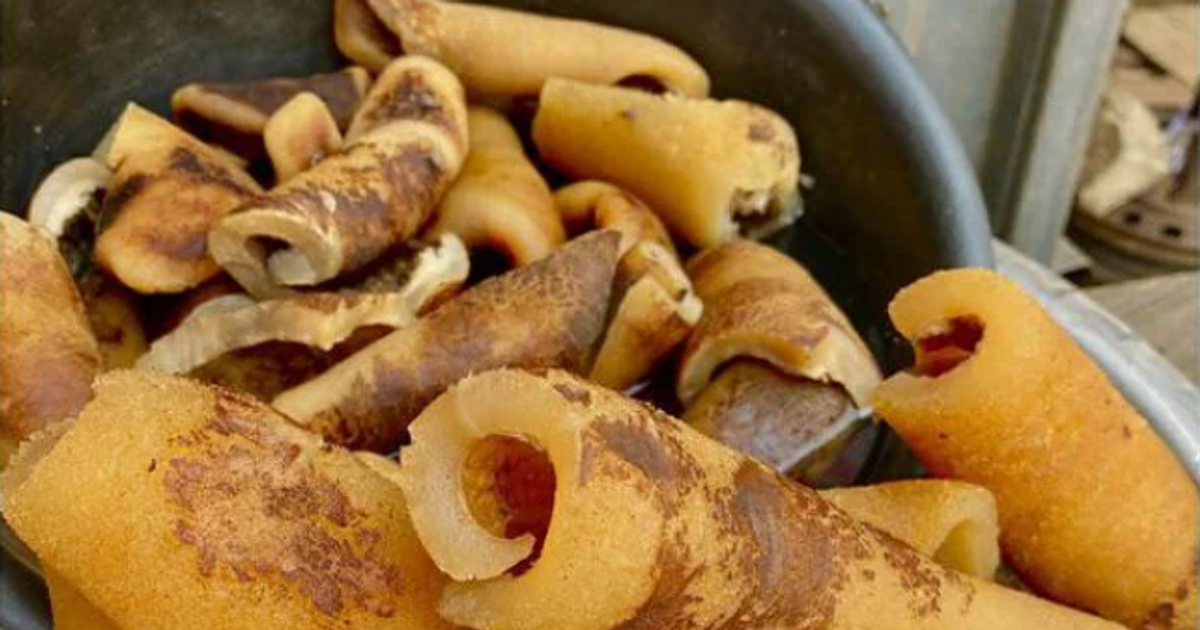In bustling areas like Kaneshie, Adabraka, Jamestown, and Accra Central, some believe that food vendors could still turn a profit without raising prices. Madam Dora Addo, a wholesaler at Agbogbloshie, shared her experience: “I used to buy a full piece of Wele for GH¢80 from importers, but now the price has risen to between GH¢130 and GH¢150.”
Madam Addo explained that the increase in Wele prices is largely due to factors such as fluctuating exchange rates and high import duties. Many Wele suppliers, based in Kumasi, import raw cowhides from countries like Mali, Burkina Faso, Niger, and Brazil, driving the cost of a full piece from GH¢80 to a substantial GH¢130 to GH¢150.
Despite these challenges, some wholesalers argue that food vendors may be taking advantage of the situation to raise their own profit margins. Madam Beatrice Quaye, a wholesaler in Kaneshie, noted that vendors often blame price hikes on the rising costs of other ingredients like pepper, tomatoes, and onions, which then get reflected in Wele prices.
“Food vendors want to cover the costs of pepper, tomatoes, and onions just from selling Wele,” she commented. “I know some sell a single piece at GH¢10, even though we supply them with a large quantity.”
Mariama, a vendor at Agbogbloshie, mentioned that her family has been in the Wele trade for generations. She prefers sourcing her supply from Kumasi, as the Wele from there is better preserved and more durable than the softer version processed in Accra.
Meanwhile, at the Jamestown Wele processing market, concerns were raised about hygiene and cooking methods. Nas Tee, a local Wele processor, stressed the importance of proper cooking techniques to maintain both quality and shelf life.
“Timing is crucial when cooking Wele. You have to be vigilant, or it becomes too soft for the market women and spoils within days. The fire needs to be carefully controlled, and the Wele turned frequently while cooking,” Nas Tee advised, emphasising the fine balance needed to produce the best product.
As prices continue to rise, both consumers and suppliers are navigating these challenges to keep this cherished delicacy on their tables.
Source link
 The Impalaa Reports Impalaa is your biggest news source in Uganda and the East African region, bringing breaking news, daily updates, and the latest stories from Uganda.
The Impalaa Reports Impalaa is your biggest news source in Uganda and the East African region, bringing breaking news, daily updates, and the latest stories from Uganda.


